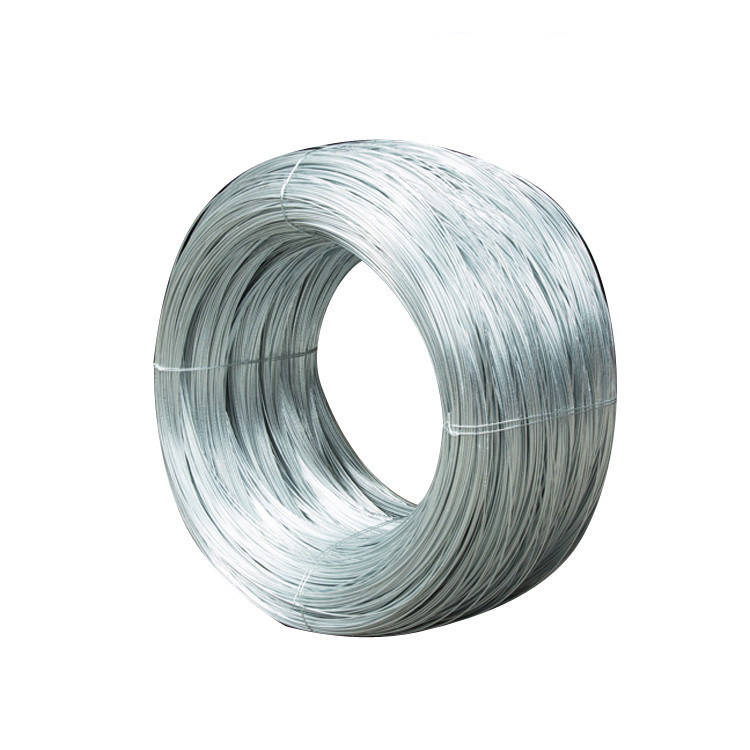
- Mobile Phone
- +8613931874955
- sales@cntcmetal.com
Exploring the Versatility and Applications of Iron Wire in Modern Industry and Crafts
The Intricacies of Wire for Iron A Vital Component in Modern Applications
Wire for iron, often referred to as iron wire, is an essential material that plays a significant role across various sectors, including construction, manufacturing, and artistry. Its unique properties and versatility make it a crucial component in enabling numerous applications that require strength, durability, and flexibility.
The Intricacies of Wire for Iron A Vital Component in Modern Applications
In addition to construction, iron wire finds extensive application in the manufacturing sector. It is used in a range of products, from simple fixtures such as fences and gates to complex machinery components. The ability to be drawn into thinner gauges without losing strength enables manufacturers to create intricate designs that cater to the specific needs of various industries. For example, in the automotive sector, iron wire is employed in the production of springs, washers, and other essential parts that require high levels of elasticity and fatigue resistance.
wire for iron

Artistry is another realm where iron wire plays a critical role. Artists and sculptors often use iron wire to create unique pieces that blend creativity with craftsmanship. The flexibility of iron wire allows artists to experiment with shapes and forms, giving life to their ideas in three dimensions. Not only does it serve as a medium for artistic expression, but it can also be combined with other materials, such as glass or wood, to produce striking mixed-media artworks. The aesthetic appeal of iron wire adds a rustic yet modern flair to art pieces, making them popular among art collectors and enthusiasts.
Iron wire is also pivotal in the agricultural sector. It is frequently used for fencing to protect crops and livestock. The high tensile strength of iron wire ensures durability, even in harsh weather conditions, while its ability to be easily shaped allows farmers to design custom fences that suit the layout of their land. Furthermore, iron wire is utilized for constructing trellises and supports for climbing plants, ensuring optimal growth and production.
From a manufacturing perspective, the process of creating iron wire involves several stages, including drawing, annealing, and coating. These steps contribute to the wire's overall properties, enhancing its performance according to the intended application. Different coatings, such as galvanization, prevent rust and corrosion, thereby prolonging the life of the wire when exposed to moisture or outdoor elements.
In conclusion, iron wire is a fundamental material that contributes to various sectors, each benefiting from its strength, versatility, and adaptability. Whether in the construction of resilient structures, the manufacturing of precision parts, the creation of stunning artworks, or the facilitation of agricultural practices, iron wire proves to be invaluable. As technology advances and new applications are developed, the importance of wire for iron is likely to grow, ensuring that it remains a pivotal component in both industry and artistry.
share:
-
Your Source for Concrete Wall Ties and Masonry AccessoriesNewsJul.10,2025
-
Unlocking the Power of Iron Wire for Every ProjectNewsJul.10,2025
-
Explore Advanced Chain Wire and Stainless Steel Mesh FencingNewsJul.10,2025
-
Discover the Benefits of Annealed Wire ProductsNewsJul.10,2025
-
Discover China Stainless Steel Wire Mesh SolutionsNewsJul.10,2025
-
Build with Confidence Using High-Performance Masonry AccessoriesNewsJul.10,2025
-
Why Sacrificial Formwork Is Redefining Underground ConstructionNewsJun.06,2025



















